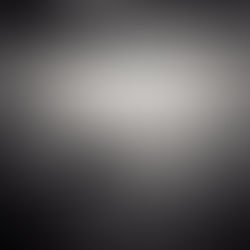LEGACY
- Jun 6, 2017
- 2 min read
Updated: May 22, 2022
On this day in 1944, D-Day, the 3rd Canadian Infantry Division and 2nd Canadian Armoured Brigade landed on Juno Beach in Nazi-occupied France. By this time some 850,000 German troops were stationed in France and, anticipating Allied attack, many of them were on the coast at Normandy. Juno beach, an obvious landing spot, was even more heavily defended than most beaches. There the Nazi's 716th Infantry Division and 21st Panzer Division, totalling 7,700 combat troops in six battalions, were stationed and dug in. The beach itself was heavily fortified with barbed wire and steel and concrete obstacles to slow the Allied attack. Minefields surrounded German machine-gun and sniper nests, artillery emplacements (with four foot thick concrete walls), and bunkers manned by mortar platoons located at regular intervals overlooking the beach. (In fact, knowing attack was imminent, Germany reinforced their coastal positions in Normandy with an additional four million antipersonnel and antitank mines in months leading up to D-Day.)
At 7:49am, the 7th Canadian Infantry Brigade landed on the beach at Juno, followed shortly by the 8th Canadian Infantry Brigade, two assault companies of the Royal Winnipeg Rifles and one of the Canadian Scottish Regiment, the Regina Rifle Regiment, the New Brunswick North Shore Regiment, the Queen's Own Rifles of Canada, and two squadrons of the 1st Hussars – with the 9th Canadian Infantry Brigade and the Sherbrooke Fusiliers deployed as reinforcements.
By nightfall 340 of these men were dead and the 3rd Infantry Division had failed to capture any of their D-Day objectives.
This single event, called the "Day of Courage", is commemorated by a museum and memorial at the Juno Beach Centre, at Courseulles-sur-Mer in France, with exhibits at the Canadian War Museum and other military museums, and in a film called "Storming Juno" as well. (And also indirectly in almost every city in the country at your local war memorial.)
By contrast, it is estimated that 150,000 children, ranging in age from four to sixteen, were taken (unarmed) to Canadian residential schools, and placed under the care of Catholic and Anglican churches. The Truth and Reconciliation Commission has documented the death of more than 6,000 of these innocent kids. (We won't get into the 38,000 documented cases of sexual assault here.)
What does that mean and why do I bring it up here? Well, because the Nazis, armed to the teeth and determined to kill, treated Canada's troops, at Juno Beach on D-Day, better than Canada's nuns treated Aboriginal children. I think that's significant. Further, it has been calculated that one in twenty-six Canadian troops died in all of the Second World War; and one in twenty-five children died in the history of Canadian Residential Schools – through abuse and neglect (and science experiment) or by trying to escape. (And 80,000 of these survivors walk among you today.) I think that should be carved into a marble obelisk standing tall in a park near you.






























































Comments